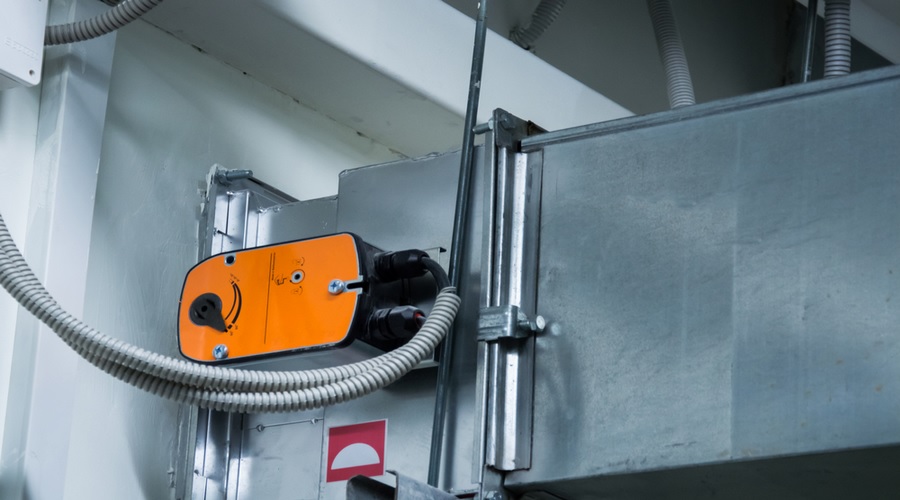Have you ever heard of the air conditioning damper before? Can you imagine what it’s for? Today, besides learning about what it is and how it works, you will also learn about the types of dampers.
The Damper just like in Blackhawk supply is a device applied to HVAC systems to control the flow and flow of air. Therefore, in addition to being used in air conditioning equipment, it is also common in mechanical ventilation, for example, measuring the air inlet and outlet.
To better explain what it’s for and summarize how it works, let’s say it acts like a “water damper” – which you open and close – but controls the air.
It is also interesting to comment that the word “damper” comes from the English language: “to damp,” a verb that means “to dampen.” Therefore, “damper” could be translated as “damper.” And that’s what he does. That is its “damps” the airflow.
Damper: How Air Flow And Flow Control Works
But speaking more technically now, the Damper favors the balancing of the installed system, is specifically recommended for the control of:
- Airflow in the external air inlet
- return airflow
Airflow In Insufflation Ducts And Branches
As we said before, when comparing it to a water register, the Damper (or dampers, in the plural, as you prefer) allows its opening and closing to be made through a control set, one of the parts of this device responsible for this purpose. It is essential to lock the balance position to stabilize it and ensure damper efficiency in this process.
Despite this “manual” work, there are automated dampers that do not need this attention. If the filters in front of the Damper are being clogged, it automatically opens, allowing an amount of air to pass through.
Knowledge To Use Damper
Those who are still wondering how this damper control is performed know that physics explains and defines this issue in theory. You can use the Continuity Equation to measure air velocity in meters per hour and multiply by the available cross-sectional area. Thus, multiplying meters per hour x square meter, one arrives at the cubic meter per hour.
In short: by making this balance and controlling the Damper, it is possible to determine the flow and rate of renewal of ambient air.
As we can see, it is necessary to have prior knowledge to use the Damper with relevance, knowing how to differentiate well, for example, static pressure, dynamic pressure, and total pressure. Also, know that the main raw material of the air damper is galvanized steel, designed to be mounted in walls and ducts. And there are numerous types of dampers on the market, as we’ll see below. But their functioning is very similar.


Comments are closed.